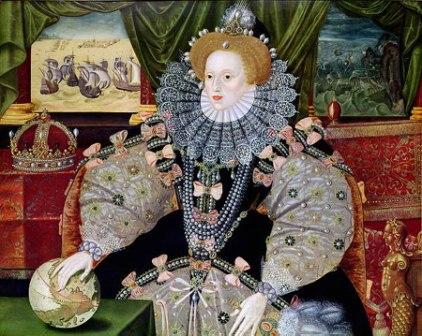As I often tell people at the museum where I work, King Henry VIII’s vested interest in the development of innovative arms and armor, to compete with continental Europe, greatly contributed to the increase in at-home armor production in the 16th century.
In addition to armor and gun-smithing, England had a growth in glass blowing, mining, and the establishment of early textile companies. Many families in 16th century England were now fortunate enough to boast several trades. It was becoming common for the man of the house to be a master craftsman, or perhaps a merchant or business owner, while his wife, who would be able to read, write, book-keep, and do the buying and purchasing, would help him to run his business. Their eldest son, and perhaps another child, if they were lucky, would be apprenticed and train for years to master his own trade.
Elizabethan London had its own specialized luxury crafts which rarely existed elsewhere in the country, like jewelry making, printing and clock making. Still, most towns with a substantial population, and other major cities, like York, could support more than a few specialists.

